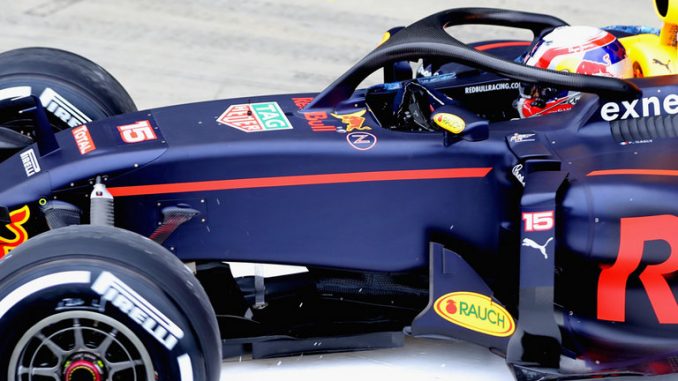
On the fifth of October, 2014, Suzuka hosted one of the wettest Grands Prix in living memory, with Typhoon Phanfone saturating the famous circuit and generally causing chaos throughout the race.
Sadly, the race culminated in the unfortunate and tremendously unlucky accident of Jules Bianchi, who sustained eventually fatal head injuries when his Marussia left the circuit at the infamous Dunlop bend, crashing into a recovery vehicle, which was recovering Adrian Sutil’s stricken Sauber.

Immediately following the incident, the FIA introduced a new safety mechanism known as the Virtual Safety Car, which in a nutshell was a compulsory speed limit enforced on all cars following any incident deemed not worthy of a regular safety car procedure.
Since Jules’ accident, Formula 1 has not had any driver so much as sustain an injury (other than Alonso’s mystery testing accident in 2015…. Oh and his cracked rib after his plane crash in Australia 2016), though Indy Car sadly lost Justin Wilson in August 2015 when his head was struck by debris after an accident at the Pocono Speedway.

After two drivers had passed away due to head injuries sustained in open-wheeled racing cars, the FIA was forced to act. Sadly for F1 fans, the FIA decided to implement a new, rather horrid-looking safety mechanism to increase head protection from 2018 onward: the “Halo”, which drivers and fans are both divided over.

This means that for the first time in Formula 1’s history, the cars are going to include (almost) full head protection. Which isn’t what the fans are used to. The cars are going to essentially look like giant flip flops.
We will most probably get used to it pretty quickly (remember 2014’s noses?), but the entire DNA of the F1 car will have changed – and I personally believe that this will alienate a lot of fans (and scare away new ones). And if Mercedes keep up the tradition of winning just about every race, this will further exacerbate F1’s fan drought.

